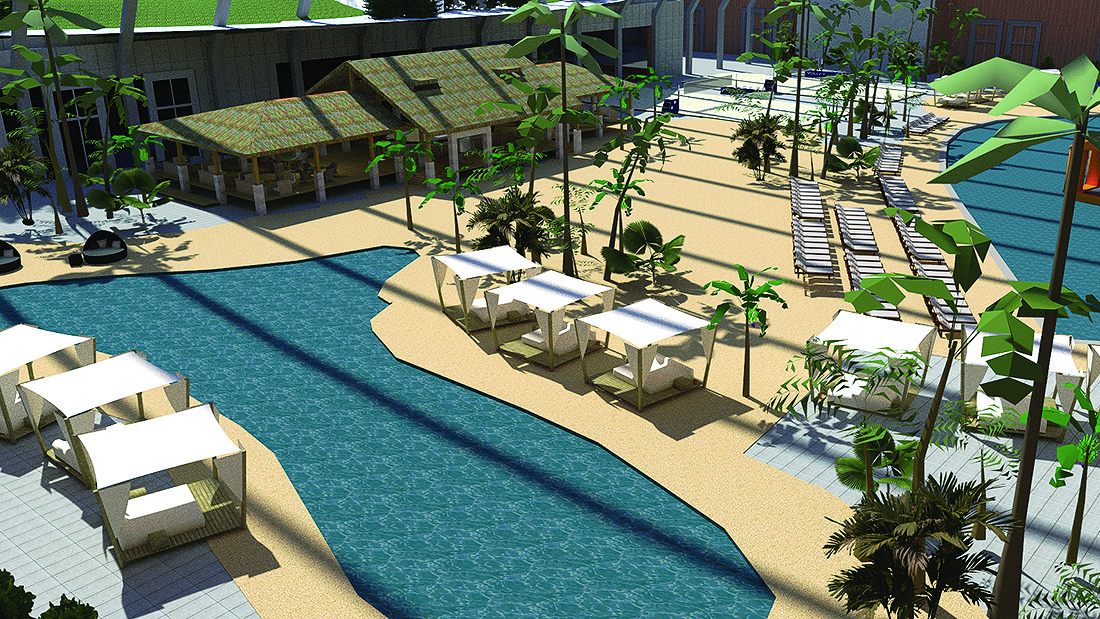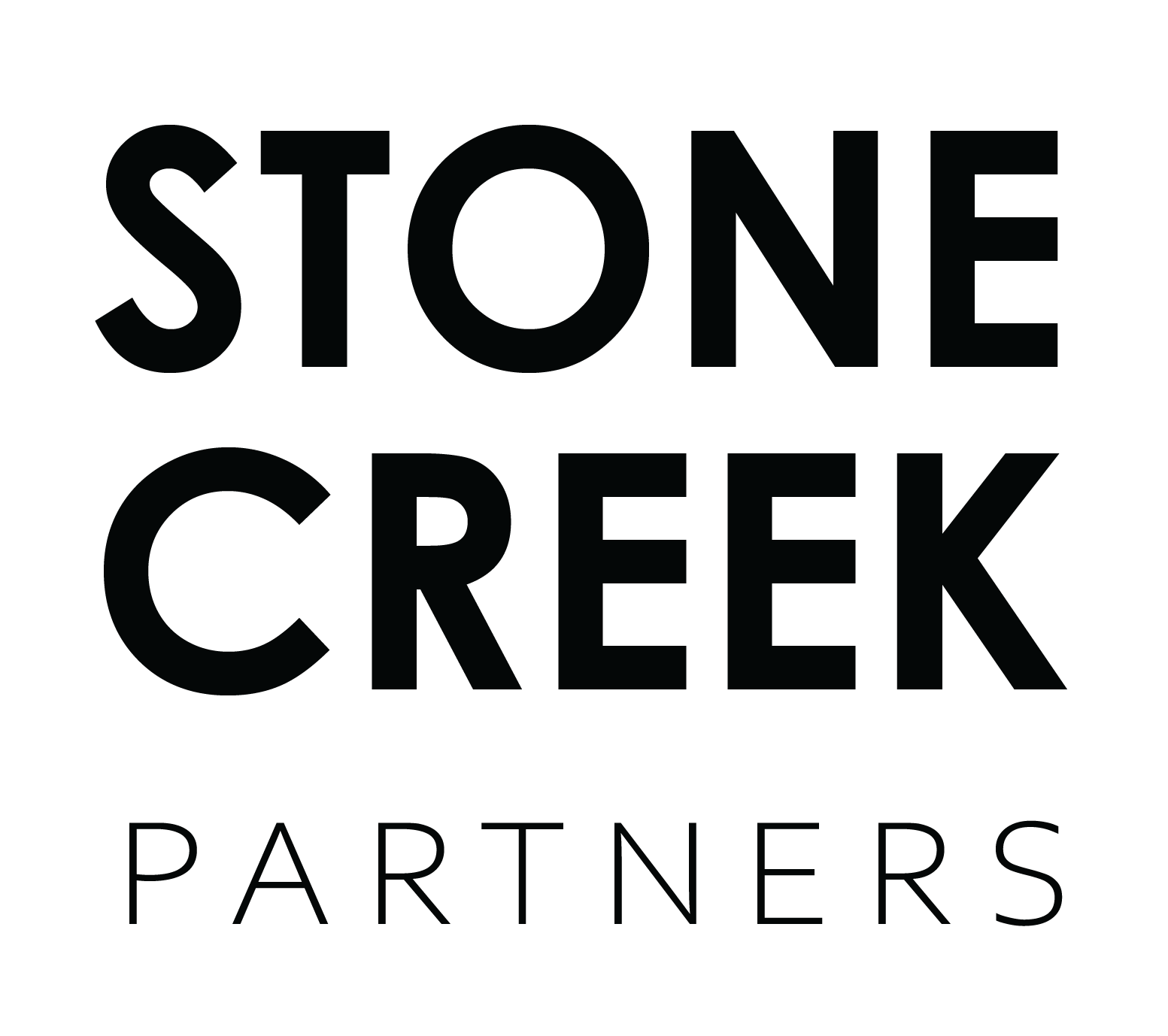
Our SCP Advisors group of StoneCreek Partners has prepared hundreds of feasibility studies, for shopping centers, office/industrial, hotels, and an array of specialty-purpose assets. Over the years, as we apply the traditional feasibility methodologies my refrain for our team is, “what’s the sustaining competitive advantage … e.g., where’s the juice?”
At inception as we take on a new feasibility assignment, it is helpful to know a project owner’s real intent in commissioning the analysis. Sometimes a project sponsor is already convinced of a project’s viability, so a “feasibility report” is intended for a capital raise, or, to refine some aspect of a project’s program. In other instances, a project owner in the midst of master planning or developing, becomes interested in alternative future project components. There are numerous other reasons. The “feasibility sensibility” is really a continuous concern that directly or implicitly drives the design, development, and operation of any particular project (assuming “other people’s money” is not the only capital involved).
No matter the asset class we like to keep asking where the customer demand will really come from, or in short hand, where is "the juice" that will drive the project?
Closely related to an owner’s real intent for feasibility analysis, is determining the best metrics to use. Is an owner’s focus on cash flow, dividends to equity, and debt coverage? Or is the expectation of “trophy” appreciation an actual attribute of the asset class? As an example, over the years we have been involved with several to-be-built California coastal resorts. In each case, the land values and entitlement costs made for expectations of lean returns on investment (cash on cash). But, as an asset class, since the days of development of the state’s first coastal hotels there has been a demonstrated record of superior appreciation cycles. So for this type of investment, it would seem that feasibility analysis should include increased analytics and metris that specifically addresses appreciation expectations particular to this asset class. Having asset managed numerous Ritz-Carlton and other luxury hotels and resorts, the focus on an owner’s appreciation metric is quite necessary, since owner’s often see year-to-year net cash flow captured primarily by the hotel management company.
In our practice, no matter the asset class we like to keep asking where the demand generation will really come from, or in short hand, where is “the juice” that will drive the project? Some examples:
- Office and Industrial -With general-purpose office, flex-tech, and industrial space, the evidence of the feasibility juice is the dynamics of subletting in a particular market, with the direct feasibility juice being the viability of a market’s larger tenants (employers). It is not difficult to identify the industry growth prospects of major tenant categories in a marketplace, and integrate these prospects with employment growth, supply/demand analysis, leasing velocity, and absorption projections. In the Bay Area (San Francisco – Jose) at this time, with so many tech firms looking to grow and invest outside of the Silicon Valley’s high cost of living, does historical absorption of office and industrial space (in the Bay Area) really have anything to do future demand? The tech industries seem to have significant growth prospects, but where?
- Attractions – I use “attractions” here to refer to the asset class that includes “consumer leisure-time experiences” from outdoor adventure parks, to aquariums, museums, theme parks, and such. So where’s the feasibility juice? The typical analysis is to review trade area populations, drive-times, and season-part / day-part type factors to derive attendance (participation) through capture rates derived from other markets and projects. This benchmarking is a helpful reference. But to get at the feasibility juice for this asset class, the more direct analysis is to determine for these same trade areas what the “competition is for a consumer’s time” and what this “guest’s trip motivation” may be for visiting a target (subject) project. On a Saturday morning, a parent interesting in a family outing for the day, will consider a trip to the movies, a mall, batting cages, you name it. An aquarium or theme park competes to some extent with all other leisure-time facilities in an area, depending on the trip motivation, but capturing only a share of all a consumer’s out-of-home trips.
- Shopping Centers / Retail Malls – If you’ve been involved with retail market analysis, you’re familiar with Reilly’s law of retail gravitation. The foundational work for the retail industry published in 1931 promulgated the methodology for retail trade area analysis that followed. Although “at retail” formats have been in continuous evolution since those days (organized retail centers, enclosed suburban malls, pedestrian malls, festival marketplaces, power centers, to name a few), the impact of online shopping has spurred perhaps the most rapid repurposing we’ve seen to-date. With the repurposing of existing malls to accommodate retail-entertainment concepts, and new malls with all-new anchoring tactics, the current era demands hybrid methods of underwriting retail investment. The analysis of cinemas and their impact on shopping environments was one thing, but with the possible tenanting strategies proving out today an analysis closer to mixed-use project studies is what’s required.
- Film Studios – New film studio development and expansion continues, even as digital production has allowed highly dispersed production teams. Film studios are an unusually difficult asset class since there usually no long-term leases, secured strategic partnerships, or other revenue sources of an assured long-term nature. The juice driving feasibility for this asset class is the direct financial and tax incentives offered by local, state, even national government bodies to filmmakers. So the focus here is on the expectation for continuance by such government bodies of such incentives.
- Hotels and Resorts – Some thoughts about hotels and resorts are offered in the foregoing. There are a lot of nuances with lodging since so much depends on the purpose for the accommodations. Within FIT (free and independent travelers), business, group, and other travelers, each is a separate area for drill-down. I started my career at KPMG and Laventhol & Horwath before that, where the group of us helped to create the standards for feasibility evaluations of hotels and resorts. Since those times, while I remain interested in the ADR’s, occupancies, and the like of competitive facilities, I am more interested in how the specific offering at a subject property will attract specific guest-types; essentially, how specifically will the property compete for its share. And, since we often work in areas of great potential but little track record, we are constantly scouring outside of a subject property’s region for analogous projects where we can reasonably draw some performance analytics to help the underwriting.
There are additional feasibility factors of course. Barriers to entry in particular markets is a vital part of the analysis, including land values, entitlement challenges, community opposition, and the like. But the search for the juice, I think it all starts there.
NEXT ARTICLE: Project feasibility analysis is best when no matter the purpose it is used more as a risk assessment method, where future scenarios are explored that can quantitatively and qualitatively test a project financially.
